Food Waste
Ajith Saju; Daniela Barrera; Hui-Yueh Ho; Javier Jardeleza; Kristine Jucaban; and Noemi S. Diumano
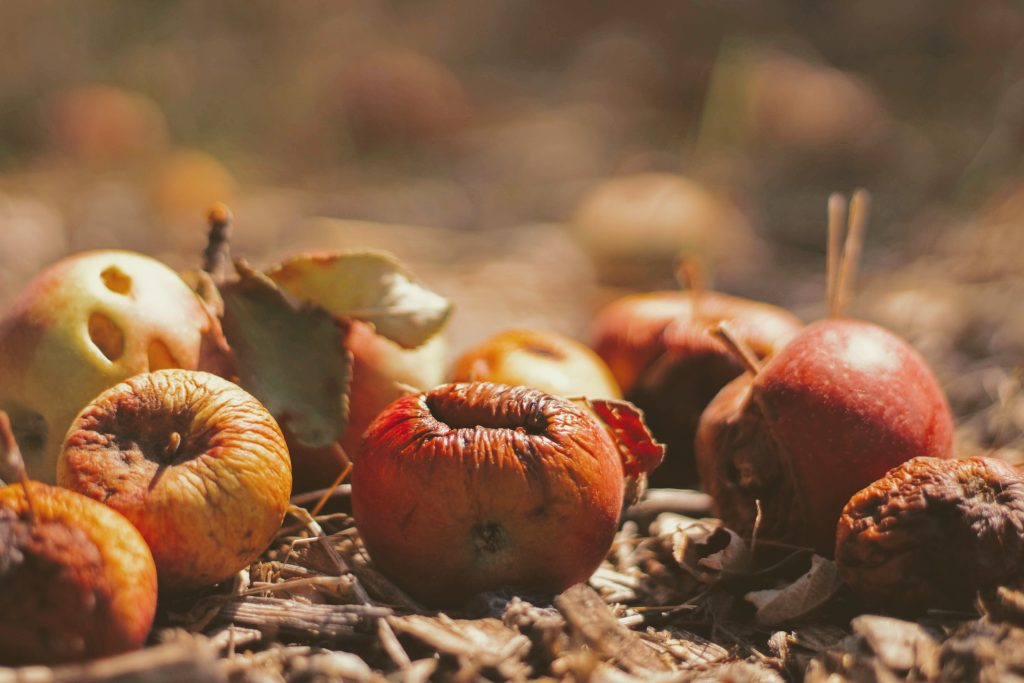
Introduction
Food waste is a major global environmental and social challenge for people around the world. According to the United Nations (2022), food waste is a worldwide issue that accounts for one-third of greenhouse emissions per year and directly contributes to climate change. It significantly affects the environment, the economy, food security, and nutrition. One-third of all food we produce is wasted or lost annually, which is enough to feed 3 billion people all over the world (Robinson, 2022).
The United Nations highlights food waste solutions with Sustainable Development Goals (SDG) 2,12 & 13 from among the 17 SDGs, which were established in 2015. The UNSDG 12—Responsible Consumption and Production—offers an avenue for food rescue, UNSDG 2—Zero Hunger—feeds people and creates change by building more equitable food systems, and UNSDG 13—Climate Action—gets surplus food to people, thus reducing greenhouse gases created when food waste goes to landfills. The United Nations also sets the goal as, “By 2030, halve per capita global food waste at the retail and consumer levels and reduce food losses along production and supply chains, including post-harvest losses” (United Nations, 2022). Although there may be unforeseen challenges in reaching the goal in the coming years, being global citizens, we would like to dig deeper into this issue and do our own part to help make it possible.
In this chapter, we will focus on exploring the severity of food waste from local and global perspectives, the root problems contributing to food waste at different levels, the policies of the government, and the solutions for addressing the issues.
Topic Overview

According to the United Nations (2022), over 800 million people are suffering from hunger, making mitigating food waste an urgent action that everyone should take immediately. It is a global and social challenge that is currently being addressed by many countries and organizations.
Food waste is considered a major global environmental challenge because it wastes the resources used to grow, produce, and distribute that food to consumers and produces greenhouse gas emissions that contribute to climate change. An example of this is the study conducted by ReFED, a coalition of nonprofits, businesses, and government agencies that fight food waste; they estimate that 21% of water, 18% of cropland, and 19% of fertilizers in the US are dedicated to food that is never eaten (as cited in Wozniacka, 2019). Food waste is a major source of greenhouse gas emissions because produce that is harvested, packed, and sent to a warehouse but has no market is often heading to a landfill where it releases greenhouse gases. Moreover, even when the loss occurs at the field level, agricultural products still require plenty of water, land, fertilizer, and pesticides that contribute to greenhouse gas emissions.
Food waste is a social challenge for people around the world because the increased waste of food is associated with influencing demand, which leads to an increase in the price of food stocks. Because of this, people with minimum incomes who cannot afford to spend more money on food are most at risk.
In response to the existing problems of food waste, key actions and initiatives are being applied at local, national, and global levels. Countries have created policies and organizations have developed food waste reduction programs to tackle food insecurity and greenhouse gas emissions.
For information on how to access the transcript for this video, see
Global and Local Perspectives
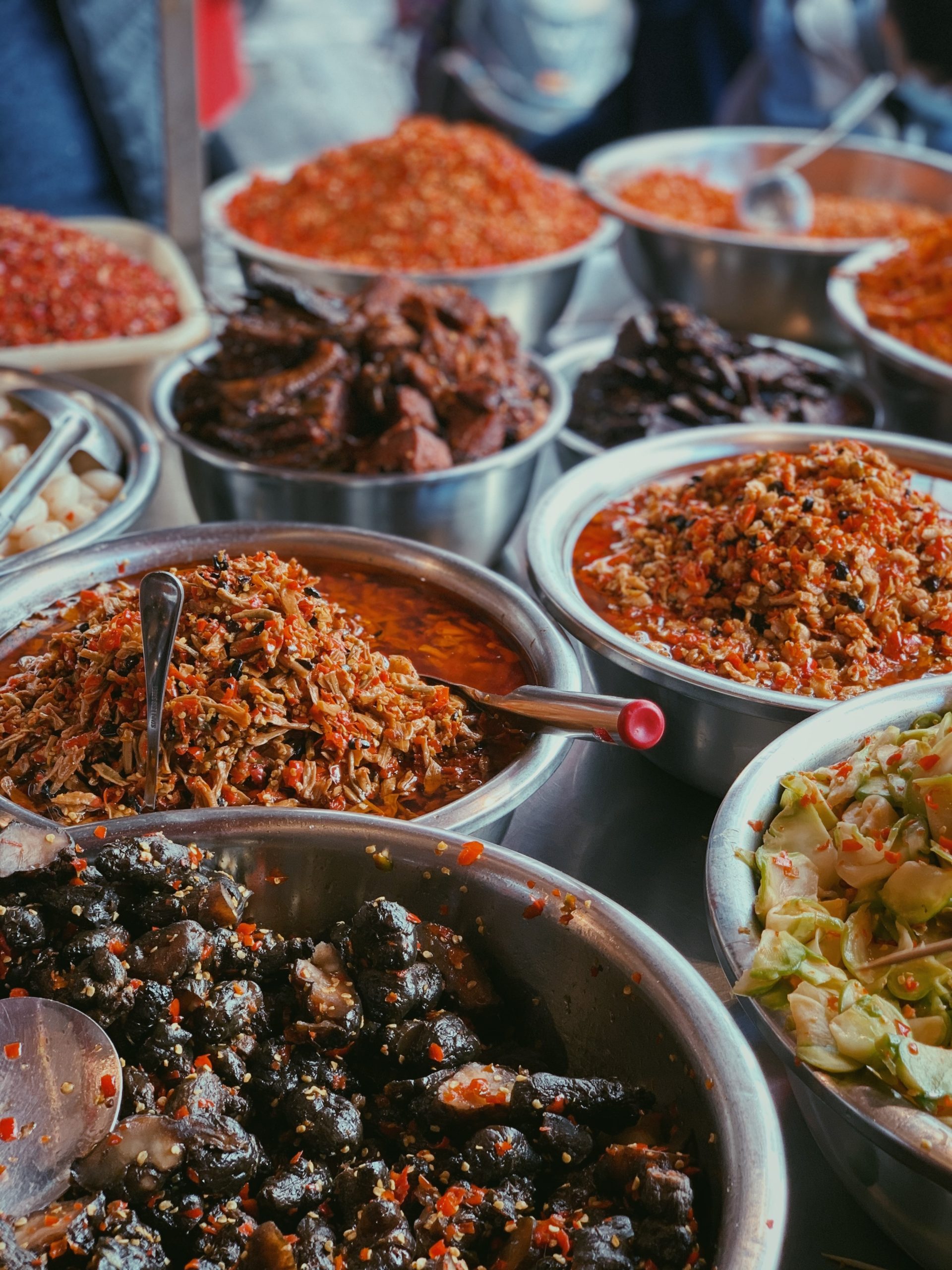
Food waste hugely affects many countries around the world. In Canada, a staggering “58% or 35.5 million tons of all food produced in the country is lost and wasted” (Second Harvest, 2019, as cited in Janus, 2019). This amount of food waste caused by people’s over-purchasing and throwing away of surplus or food nearing best-before dates could have been “rescued” and donated to under-resourced communities across the country. Addressing avoidable food loss and waste can also help reduce the greenhouse gas emissions coming from food that is produced but left uneaten. (Nikkel, 2019, as cited in Janus, 2019).
Social gathering contributes to more food waste in Asian countries. In India, nearly 40% of the food produced locally is wasted or lost. The bigger the wedding, the larger the party, leading to more colossal waste. (Thacker, 2018). In China, people lost or wasted more than 35 million tons of food – equal to about 6% of its total food production. The large amount of food is wasted at retail or consumption level when people are throwing away ready-made and fully cooked food. Chinese culture has high regard for hospitality: the more food left, the more the host is deemed hospitable (Wong, 2022).
Critical Analysis
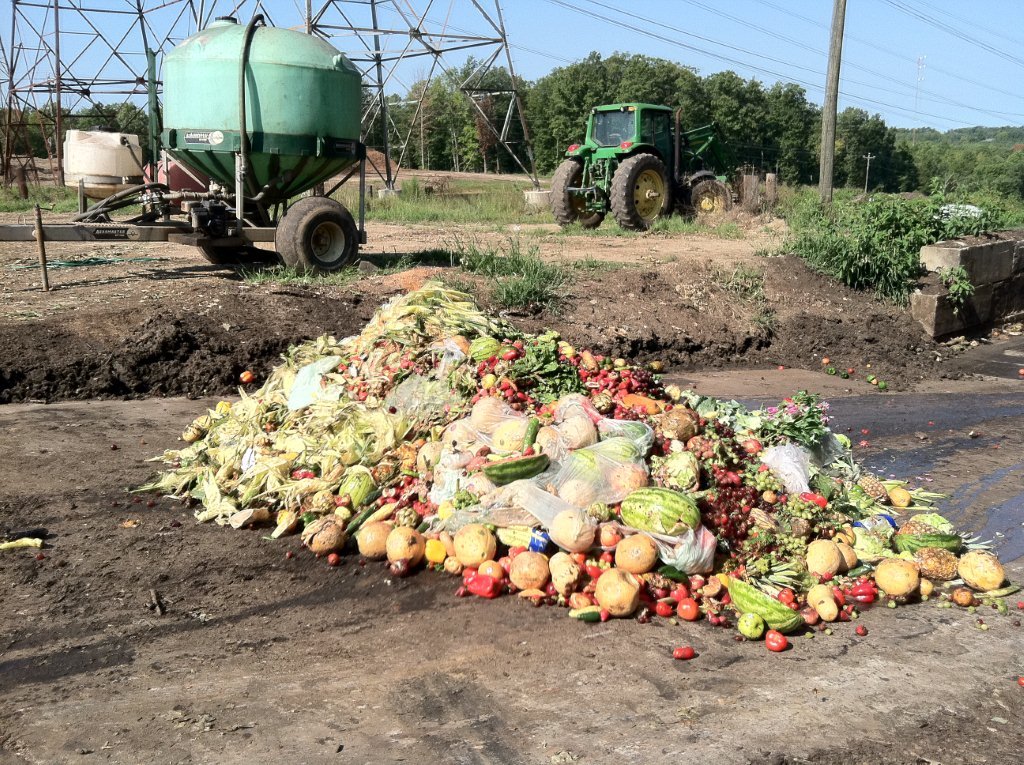
The article, “Study Finds Farm-Level Food Waste is Much Worse Than We Thought,” published by Civil Eats was written by Gosnia Wozniacka on August 20, 2019. It discusses how farm-level food loss significantly contributes to the rising amount of food waste and its negative impacts on farmers. It also highlights the importance of streamlining the food chain to minimize food loss.
Wozniacka (2019) seeks to raise awareness and explain about food loss and the food waste coming from farm-level produce and encourages people to support local farmers. She also sheds light on the local farmers’ situation regarding food production and what other organizations are doing to help reduce the waste such as the Farm to Family program, Community Food Bank, and Borderlands Produce Rescue.
Wozniacka (2019) also offers a recommended course of action to respond to the food waste issue resulting from unharvested edible produce. These include food bank donations, processing of imperfect or surplus produce into new commercial products, purchase of fields by retailers, and introducing mixed perfect and surplus products to the market.
Food waste, specifically the on-farm produce waste, is a serious issue that deserves immediate attention from both the public and private sectors, producers, retailers, and consumers. In addition, we realized how an unplanned agricultural production through profit-driven markets could result in food loss and waste.
Founder and CEO of Full Harvest, Christine Moseley states, “As people start waking up to the reality that food waste contributes to climate change, any company that says they’re buying surplus produce sends a powerful message. They’re helping (to reduce) one of the greatest contributors to climate change.” (as cited in Wozniacka, 2019). This particular quote resonates for us as it is a brand new concept that offers a novel understanding that food loss can also occur at on-farm level, and that as consumers, we have a vital role to play in response to food waste reduction by supporting local farmers and buying surplus products.
Local and Global Solutions
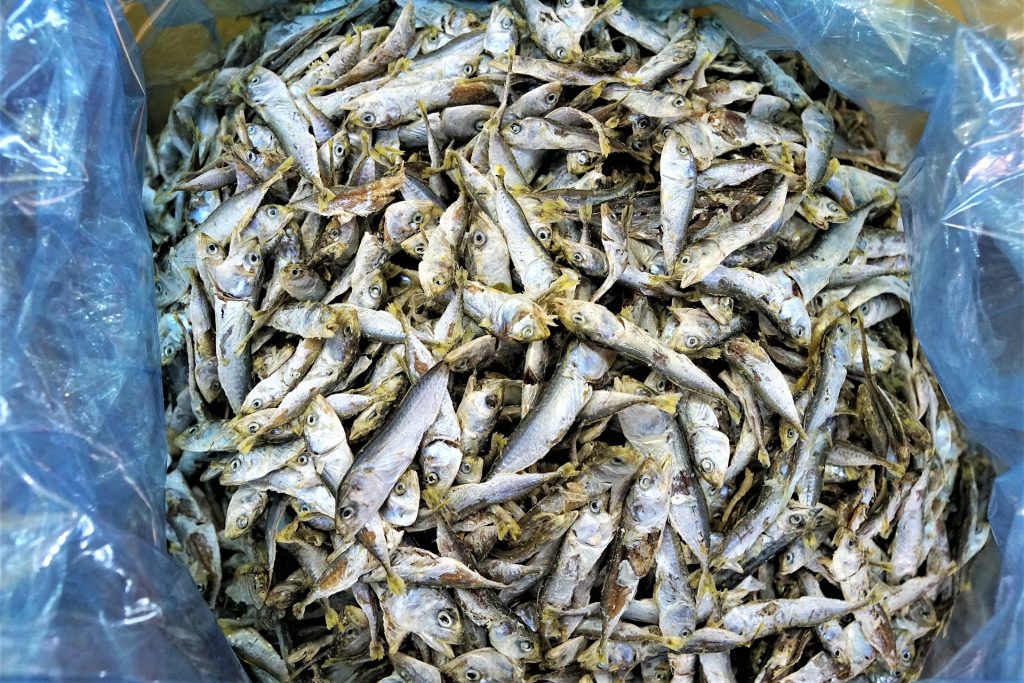
Many food waste reduction initiatives have been launched around the globe. In Canada, the “Food Policy for Canada” program encourages public and private sectors to share innovative models and opportunities to reduce food wastage (Government of Canada, 2017). There are also non-profit organizations like Second Harvest that are pioneering perishable food redistribution across the country. Through its flagship program called “Food Rescue”, Second Harvest collects and redistributes surplus food to the community in need. (“Food Rescue,” 2018)
In Latin America, there are sustainability organizations focusing on food waste reduction advocacy. Herbalife Nutrition in Colombia created the “Zero Hunger” project, which aims to reduce food waste by distributing nutritious food to poor families. (Ortiz, 2022). On the other hand, Mexico’s WRAP Global advocates for easy household practices such as creating meal plans and proper storage of food to reduce food wastage (The Yucatan Times Newsroom, 2019).
Many countries in Asia, like India and China, focus on strengthening infrastructure and launching national campaigns. Mega food parks are being developed in India to provide adequate storage facilities for both processed and unprocessed food, which will help extend food’s shelf life. (ForumIAS, 2021). In China, the concept of food security guarantees that everyone has equal access to food. In view of this, the government launched “Clean Plate”, a campaign that seeks to remind everyone that it is important to maintain a sense of crisis about “food security” (Allen, 2020).
Conclusion
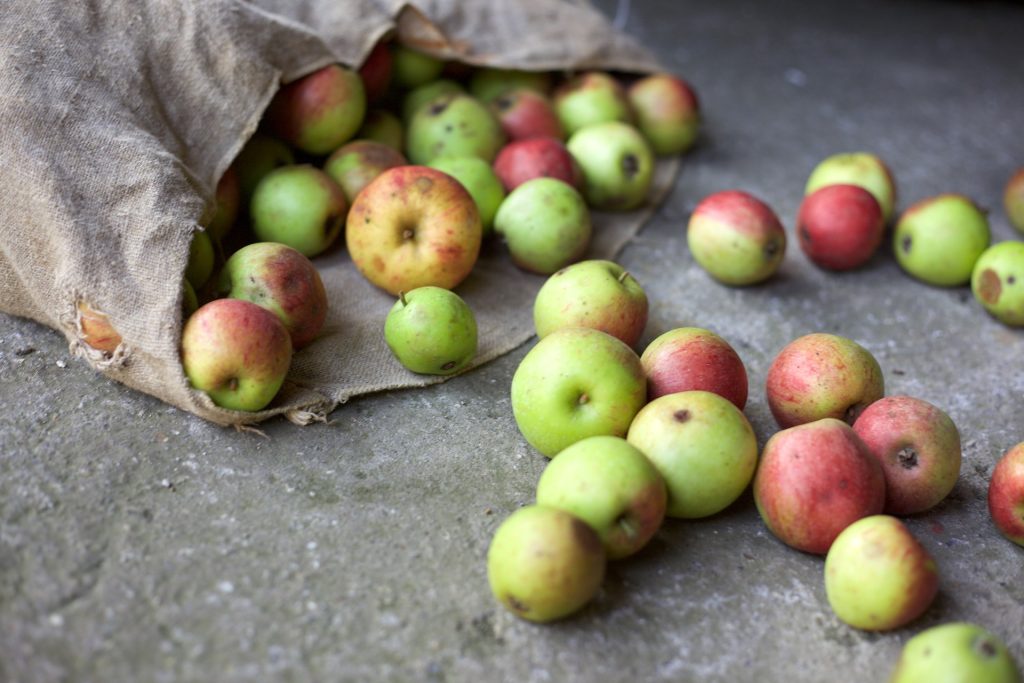
Food waste is a global problem that has a significant impact on the economy, nutrition, food security, and the environment. The production of food from farmer to consumer creates waste with inefficient use of water, land, fertilizers, and pesticides. Food waste leads to food shortage, which then increases the demand for food and results in higher costs of products. Governments worldwide have developed policies to address food waste: Canada has the “Strategy on Short-lived Climate Pollutants” and “The Food Policy Canada”, India has the National Food Security Law, Colombia has “Future Food”, and China has the “Clean Plate” program. United Nations Sustainable Development Goals of “Zero Hunger” (SDG 2) and “Responsible Consumption and Production” (SDG 12) aim to address the problem of food waste by 2030. Organizations such as Second Harvest launched food rescue programs to ensure that food from the farm is not wasted and can go directly to the people. As you buy groceries in stores or eat at restaurants, remember that the food you waste can address the hunger of 800 million people. Don’t waste it. Just eat it.
References
Allen, K. (2020, August 13). China launches ‘Clean Plate’ campaign against food waste. BBC News. https://www.bbc.com/news/world-asia-china-53761295
Food Rescue. (2018, February 20). Second Harvest. https://www.secondharvest.ca/our-work/food-rescue
ForumIAS. (2019, September 17). Mega Food Park scheme. ForumIAS Blog. https://blog.forumias.com/mega-food-park-scheme/
Government of Canada. (2017, June 2). Food policy for Canada. Canada.ca. https://www.canada.ca/en/campaign/food-policy.html
Government of Canada. (2022, January 28). Food loss and waste. https://www.canada.ca/en/environment-climate-change/services/managing-reducing-waste/food-loss-waste.html
Iannuzzi, J. (2021, April 25). Food waste and solutions for combating the crisis. The University of Maine. https://umaine.edu/sustainability/2021/04/25/food-waste/
Issue of food wastage in India – Explained, pointwise. (2021, April 8). ForumIAS. https://blog.forumias.com/issue-of-food-wastage-in-india-explained-pointwise/
Janus, A. (2019, January 17). More than half of all food produced in Canada is lost or wasted, report says. CBC. https://www.cbc.ca/news/canada/toronto/food-waste-report-second-harvest-1.4981728
Ortiz, J. C. B. (2021, December 29). An alliance to fight food waste and food insecurity in Colombia. Herbalife nutrition. https://iamherbalifenutrition.com/global-responsibility/food-insecurity-colombia/
Plötz, T. (2022, February 4). Looking at household food waste in Colombia. WWF. Retrieved December 13, 2022, from https://www.wwf-scp.org/colombia-household-food-waste/
Robinson, D. (2022, December 2). 25 shocking facts about food waste. Earth.Org. https://earth.org/facts-about-food-waste/
S.G. (2017, December 9). Mexico wastes more than 20.4 million tons of food each year. El Universal. https://www.eluniversal.com.mx/english/mexico-wastes-more-204-million-tons-food-each-year
Thacker, H. (2018, February 23). Food wastage in India. The CSR Journal. https://thecsrjournal.in/food-wastage-india/
The Yucatan Times Newsroom. (2019, October 22). How can Mexico reduce food waste?. The Yucatan Times. https://www.theyucatantimes.com/2019/10/how-can-mexico-reduce-food-waste/
United Nations. (2021, December 31). Big data to reduce food loss and waste for sustainable growth. United Nations Department of Economic and Social Affairs. https://sdgs.un.org/partnerships/big-data-reduce-food-loss-and-waste-sustainable-growth
United Nations. (2022, April 20). Case study Bogotá (Colombia): Using technologies to reduce food waste. UN Environment Programme. https://www.unep.org/resources/case-study/case-study-bogota-colombia-using-technologies-reduce-food-waste
Wong, C. (2022, January 28). Food waste in China and how the government is combating it. Earth.Org. Retrieved November 22, 2022, from https://earth.org/food-waste-in-china/
Wozniacka, G. (2019, August 20). Study finds farm-level food waste is much more than we thought. Civil eats. https://civileats.com/2019/08/20/study-finds-farm-level-food-waste-is-much-worse-than-we-thought
About the authors
name: Daniela Barrera
name: Hui-Yueh Ho
name: Javier Jardeleza
name: Kristine Jucaban
name: Noemi S. Diumano

